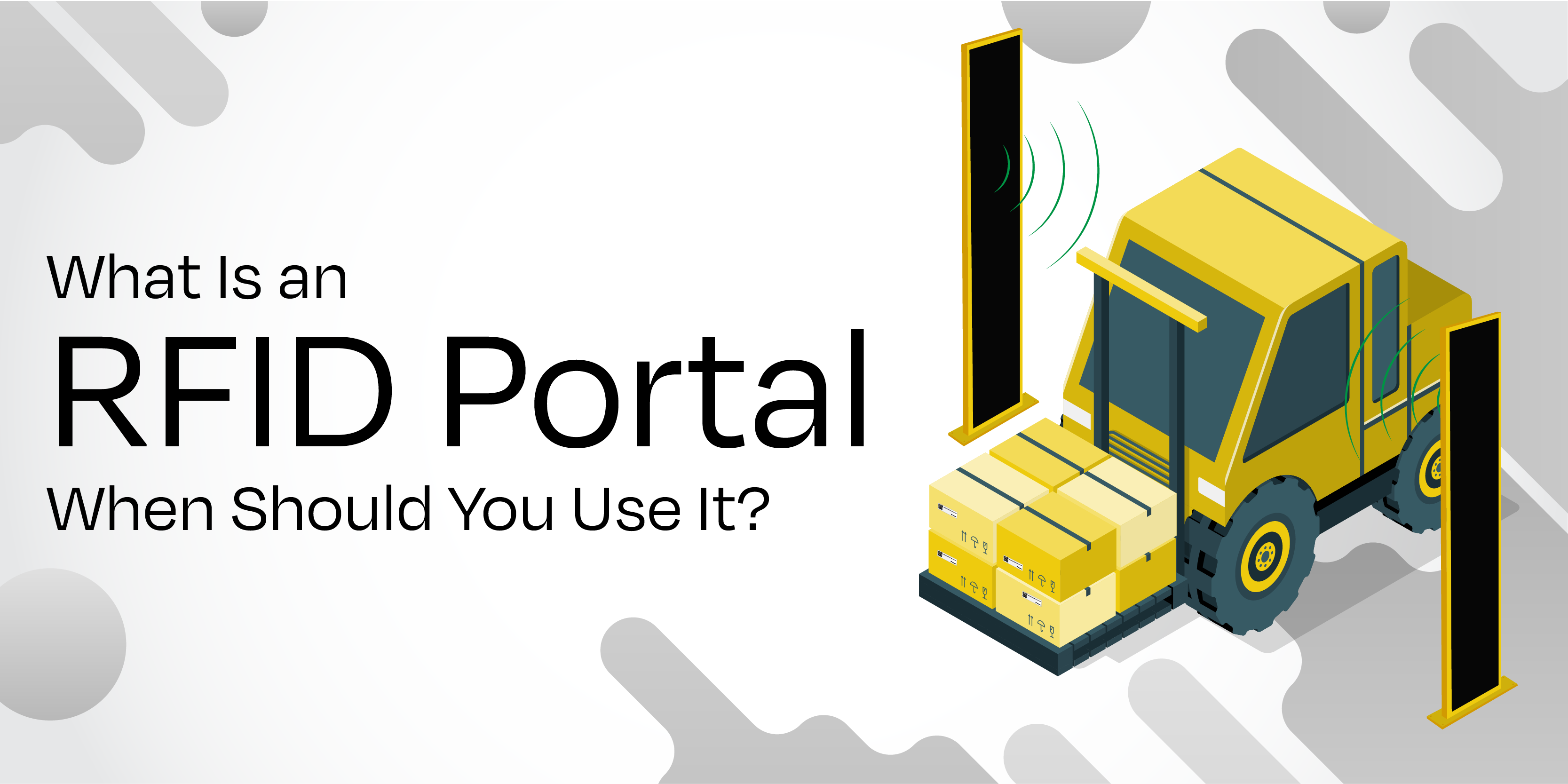Introduction
Frequency Identification technology has become a key player in automation and asset tracking across various industries. By using radio waves to identify and capture information stored on tags attached to objects, RFID helps businesses monitor inventory, assets, and people with speed and precision. One of the most powerful tools in the RFID ecosystem is the RFID Portal. Designed for hands-free, automated data collection, these portals enable organizations to track items in real-time—without the need for manual scanning. But what exactly is an RFID portal, and when is it the right solution?
What Is an RFID Portal?
An RFID Portal is a fixed RFID reading station that automatically detects and reads RFID labels as items pass through its detection zone. Think of it as a checkpoint that can identify multiple items instantly and accurately—without stopping or slowing down operations.
Key Components of an RFID Portal
RFID Readers – These capture signals from RFID labels and relay data to a software platform.
RFID Antennas – Usually multiple antennas are used to ensure wide and directional coverage for accurate tag detection.
Physical Structure – Often designed as a gate, tunnel, or doorway setup to guide item flow.
Optional Add-ons – Sensors, light stacks, motion detectors, alarms, and other accessories enhance performance and feedback.
How Does an RFID Portal Work?
Here’s what happens in a typical RFID portal workflow:
Tagged Items Pass-Through: Items embedded with RFID labels move through the portal on carts, pallets, or conveyors, triggering automatic data collection as they enter the portal’s detection zone.
RFID Antennas Detect Tags: Strategically placed antennas create a read zone that actively scans for RFID tags within range, ensuring multiple tags are detected simultaneously and without manual intervention.
Data is Captured & Sent: The RFID reader collects the tag information and immediately transmits it to the backend software or cloud system for processing, storage, and further action.
Real-Time Tracking: Software interprets the incoming tag data to log time stamps, directions, and item identities—enabling live tracking, auditing, and visibility across inventory or asset locations.
Important Features:
Read Range: RFID portals offer flexible read ranges—anywhere from a few feet to several meters—adjustable to suit the physical layout and item volume in your operation.
Directionality: Advanced portals can determine the direction an item is moving (e.g., entering vs exiting), which is crucial for applications like access control and automated logging.
High Throughput: Designed for efficiency, portals can read dozens or hundreds of tags simultaneously, making them ideal for high-volume environments like warehouses or production lines.
Types of RFID Portals
Here’s a quick look at the different types of RFID portals based on application
Dock Door RFID Portals
These are placed at shipping and receiving docks to automatically scan tagged goods as they move in or out of a warehouse, enabling accurate inbound/outbound tracking and reducing errors in supply chain operations.
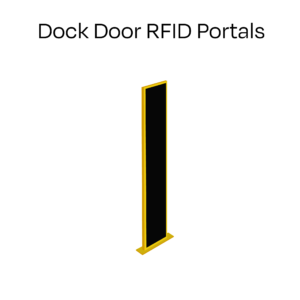
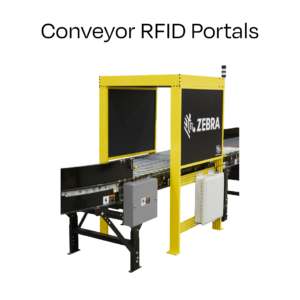
Conveyor RFID Portals
Installed along conveyor systems, these portals read RFID labels on items in continuous motion. Ideal for high-speed environments like distribution centers, they help ensure every item is accurately logged during sorting or packaging.
Integrated Transition RFID Portals
Built seamlessly into door frames, walls, or passageways, these portals offer discreet tracking with a minimal footprint—perfect for businesses needing efficiency without bulky equipment or visual disruption in offices, labs, or retail stores.

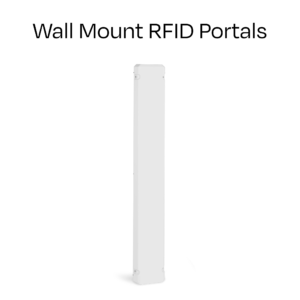
Wall Mount RFID Portals
Compact portals fixed on walls in narrow corridors or limited-space access points. These are excellent for hospitals, offices, or storage rooms where full-size portal structures may not be practical.
Ceiling/Roof Mounted RFID Portals
Used in large open areas or specialized industrial setups, these portals are mounted from above to provide wide-read coverage without obstructing foot or vehicle traffic—often seen in warehouses or yard management systems.
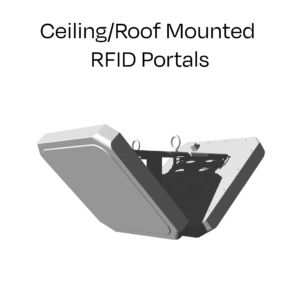
Custom RFID Portals
Designed for specific use cases, such as RFID laundry tunnels that scan garments in bulk or medical equipment tracking stations that ensure compliance and control. These portals are tailored to meet unique industry needs.
Benefits of Using an RFID Portal
Here’s why businesses are investing in RFID portals:
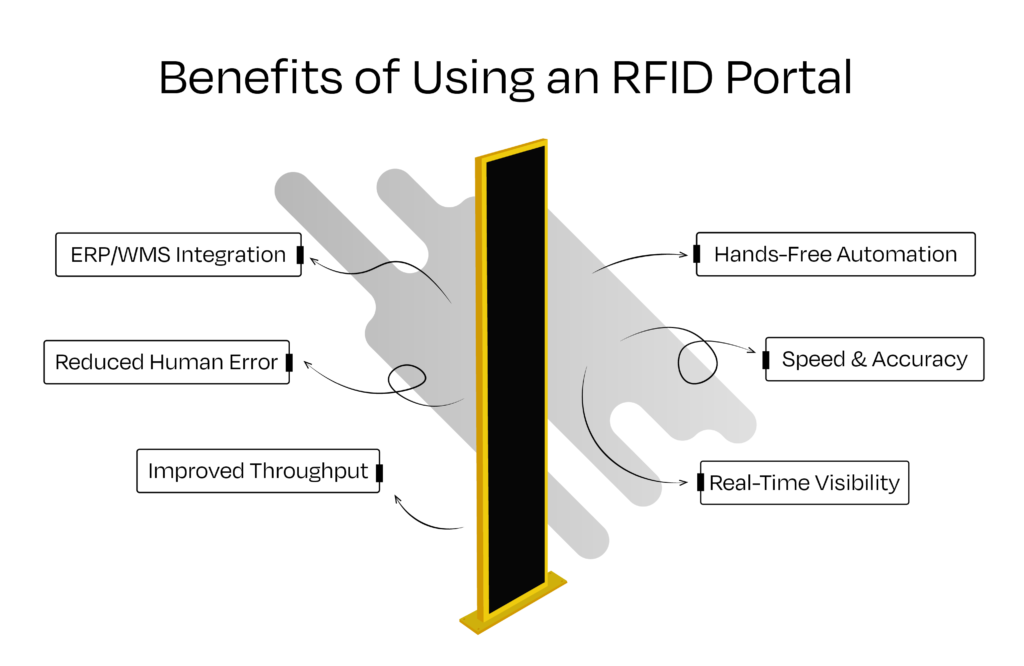
Hands-Free Automation
RFID portals eliminate the need for manual scanning by automatically detecting and reading tags as items pass through, streamlining operations and freeing up staff for higher-value tasks without interrupting workflow.
Speed & Accuracy
Capable of reading dozens or even hundreds of tags in seconds, RFID portals drastically reduce scanning time while improving accuracy—ideal for environments where traditional barcode scanning falls short in performance.
Real-Time Visibility
With instant tag data capture, portals provide up-to-the-minute insights into item location and movement, supporting better decision-making, proactive inventory management, and traceability across your entire supply chain.
Improved Throughput
Designed for efficiency, RFID portals keep operations moving quickly. They handle high volumes of items without creating bottlenecks, making them perfect for busy loading docks, production lines, or sorting areas.
ERP/WMS Integration
RFID portals can be integrated with your existing ERP or warehouse management systems, allowing for seamless data flow that enhances reporting, automation, and inventory reconciliation with minimal setup effort.
Reduced Human Error
By automating the tag reading process, RFID portals reduce the chance of missed scans, data entry mistakes, or incorrect item handling—leading to more reliable data and fewer costly errors in the long run.
When Should You Use an RFID Portal?
Not every environment needs an RFID portal—but in the right scenario, they can be game-changing.
Use RFID Portals When
- You’re tracking large volumes of tagged items frequently.
- You need to automate checkpoints like dock doors, production lines, or clean zones.
- Manual scanning is time-consuming or prone to error.
- You need real-time updates on item movement.
Ideal Industries
Logistics & Distribution
RFID portals streamline the tracking of pallets, cartons, and shipments as they move through dock doors or loading zones, providing real-time visibility and reducing delays, misplacements, and manual scanning in busy warehouse environments.
Manufacturing
Track tools, components, and work-in-progress (WIP) items throughout production lines. RFID portals help monitor item movement between stages, improve efficiency, and ensure the right parts are in the right place at the right time.
Healthcare
Hospitals and clinics use RFID portals to manage high-value medical equipment, track pharmaceuticals, and control inventory. This helps improve patient care, maintain compliance, and reduce loss or theft of critical assets and supplies.
Retail
From the backroom to the sales floor, RFID portals enable efficient tracking of merchandise. They help retailers improve stock accuracy, reduce shrinkage, and support faster replenishment to ensure shelves are always properly stocked.
Secure Facilities
RFID portals in data centers, government buildings, or R&D labs provide automated tracking of sensitive assets. They also create audit trails and can trigger alerts for unauthorized movements, enhancing security and regulatory compliance.
Considerations Before Deploying an RFID Portal
Before rolling out an RFID portal, keep these in mind
- Cost vs ROI – Analyze upfront investment and long-term savings.
- Space & Infrastructure – Ensure enough room and mounting options for the portal.
- Tag & Item Material – Metal or liquid-based items may affect read performance.
- Tag Orientation & Read Zones – Test to ensure reliable reads from all angles.
- Software Integration – Must work with your ERP, WMS, or asset management systems.
- Compliance & Safety – Especially important in healthcare or high-security zones.
Conclusion
RFID portals are powerful tools that bring speed, accuracy, and automation to the tracking process. Whether you’re moving high volumes of goods, need real-time location updates, or want to eliminate manual scanning, an RFID portal can significantly boost your operational efficiency.
If you’re looking to streamline processes and gain better visibility over your inventory or assets, it may be time to consider if an RFID portal is the right fit for your organization.
